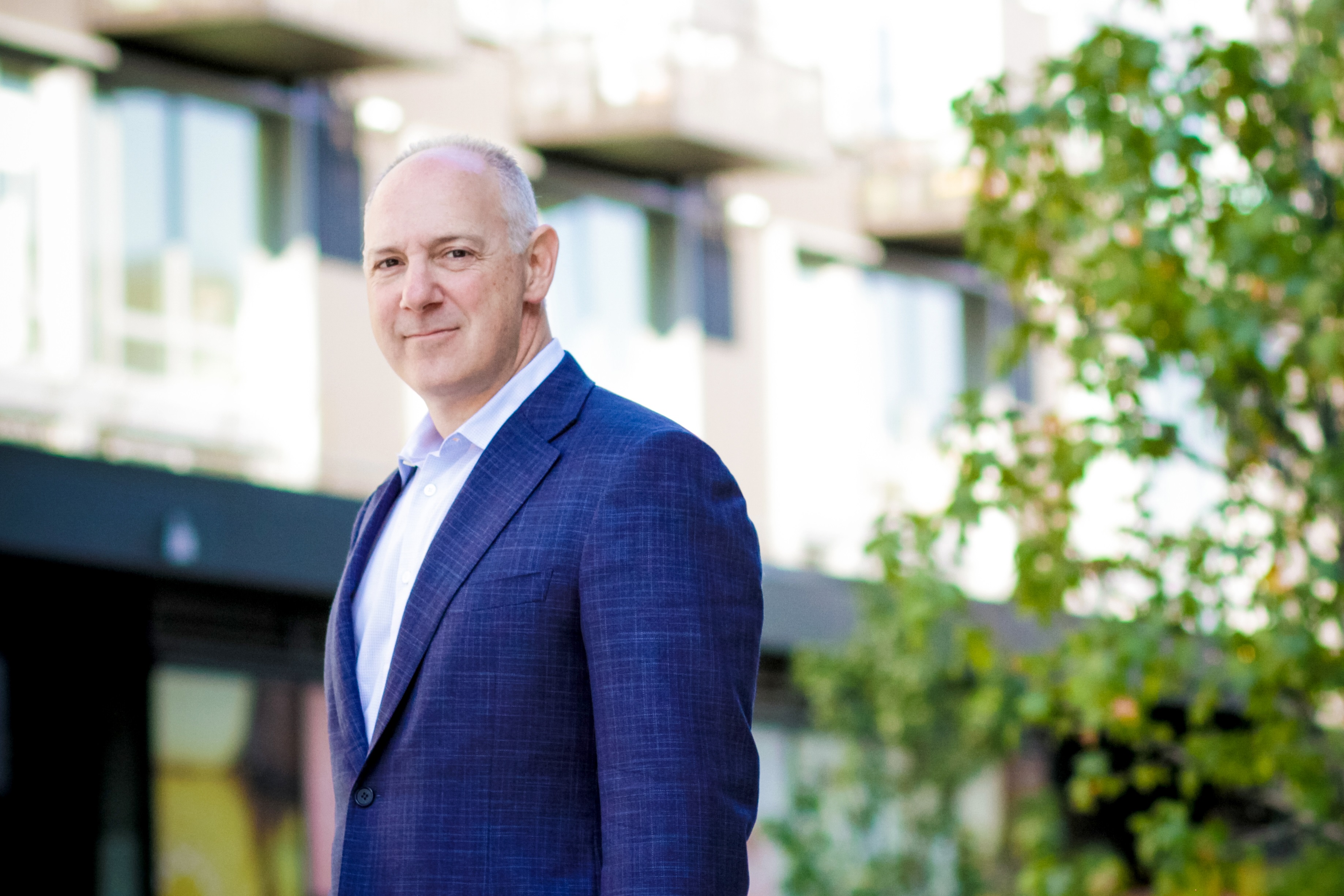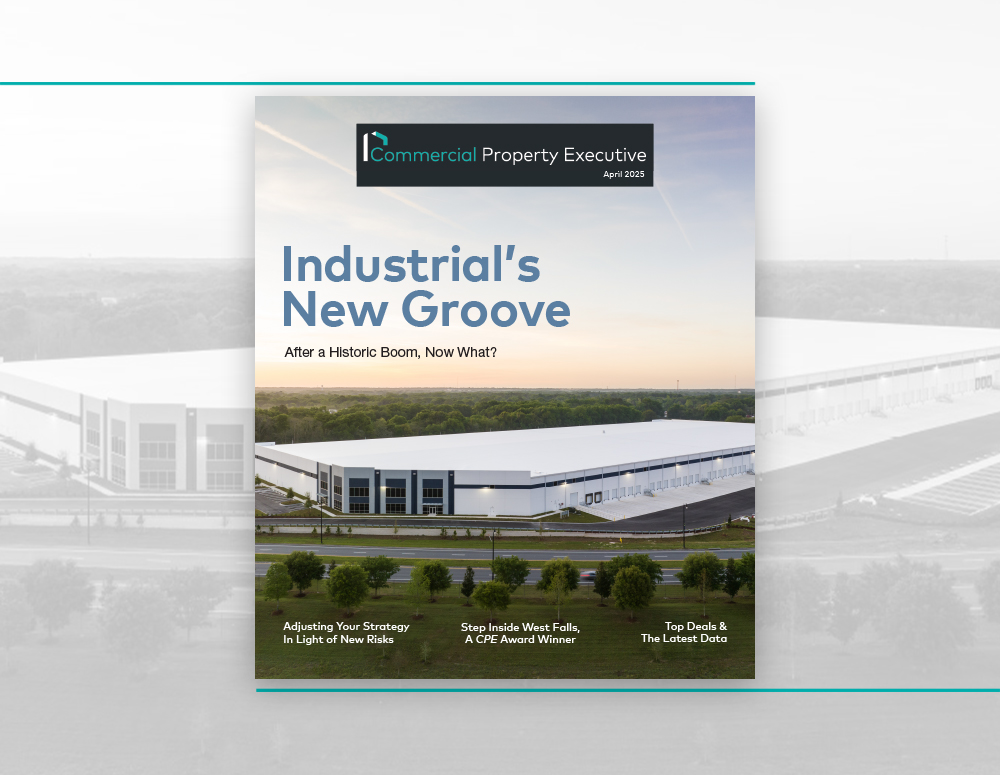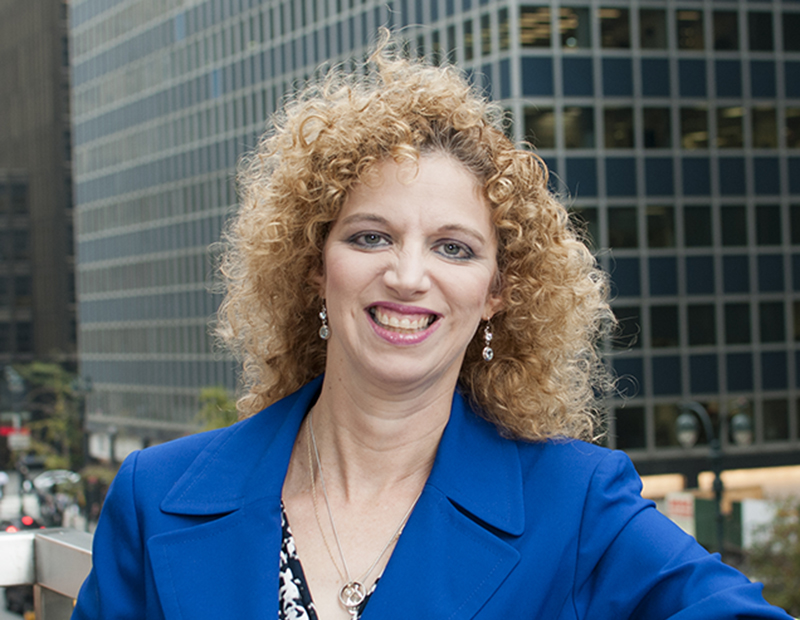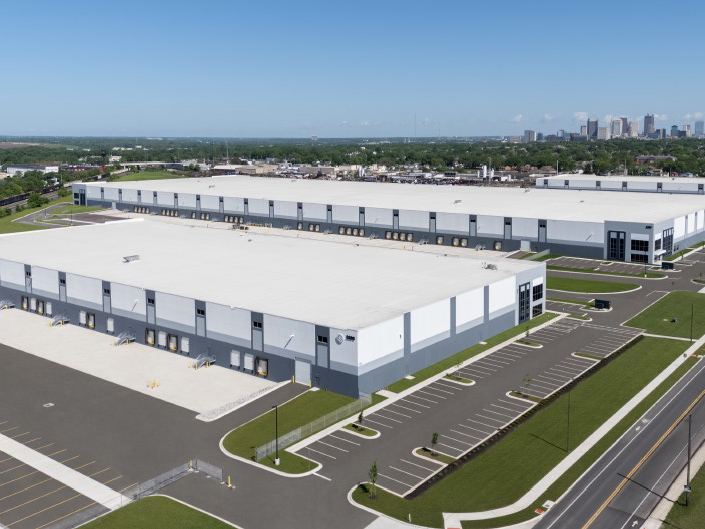Roadside Development, NASH Snag Fannie Mae HQ
The developers are eyeing mixed-use redevelopment after paying $89 million for the GSE's property.
By Barbra Murray
A second life is in the future for the 228,000-square-foot Fannie Mae headquarters in Washington, D.C., but a re-envisioned office property is not in the new owners’ crystal ball. Roadside Development and North America Sekisui House LLC just acquired the three-story building from the mortgage finance company for $89 million, according to the Washington Post, and the joint venture partners have mixed-use on their mind.
With the transaction closed, Roadside and NASH–the U.S. business operations unit for Sekisui House Ltd., Japan’s largest homebuilder and leading diversified developer–are just getting started on solidifying their vision for the Fannie Mae location. But one thing is certain: the partners are already on the same page. “Very early on we had a meeting of the minds for aspirations for the property in terms of quality,” Richard Lake, founding principal of Roadside Development, told Commercial Property Executive. “We have a real interest in creating a smart community in the built environment, taking advantage of the surroundings but bringing technology to the environment.”
Located at 3900 Wisconsin Ave. between the high-density neighborhoods of Tenleytown and Cathedral Heights, Fannie Mae’s headquarters is tucked away from the hustle and bustle of downtown Washington. The property first opened its doors in 1958, designed by architectural firm Chatelain, Gauger and Nolan for Equitable Life Insurance. Fast-forward a half-century and Fannie Mae has arranged to downsize its multi-location campus and relocate to a 700,000-square-foot leased space due to sprout up on the site of the former Washington Post building, leaving its current 10-acre property open for redevelopment.
The Colonial-style structure may not precisely scream “historic Washington,” but it is of iconic status in the city. A full teardown is unlikely to be well-received, and Roadside is keenly aware of the climate. “We’re trying to allay any fears that we’re not going to honor the building. So first and foremost, we want to get everyone comfortable that we’re interested in keeping the building and then we’ll work with the community on what’s appropriate on the side of the structure and behind it,” Lake said.
The combination of offerings that will be part of this mixed-use destination is to be determined, but it’s likely that retail will play a starring role. Market research indicates that such offerings would be fully embraced by residents and tenants alike. The average household income in metropolitan Washington outpaces the national average by a whopping 58 percent, per a report by commercial real estate research and consulting firm Delta Associates, leaving more than a few residents with greater discretionary spending. And retailers are answering the call for more supply, seeking newer Class A space as the capital city increasingly embraces the live-work-play lifestyle.
“For us, retail shouldn’t just be a filler; it should be at the table and truly designed to function properly,” added Lake. “It needs to be its own dimension as opposed to something that’s just vertically integrated. If done well, it’s very powerful.”
Mixed-use developments continue to pop up all over town, and from Roadside’s perspective, it’s not enough of a good thing. Lake noted, “Mixed-use is nothing new. Go to Europe and you see residential or office over shops–it’s been that way forever. This is a continuation of a movement across the world to urban centers. That’s really the story here.”








You must be logged in to post a comment.